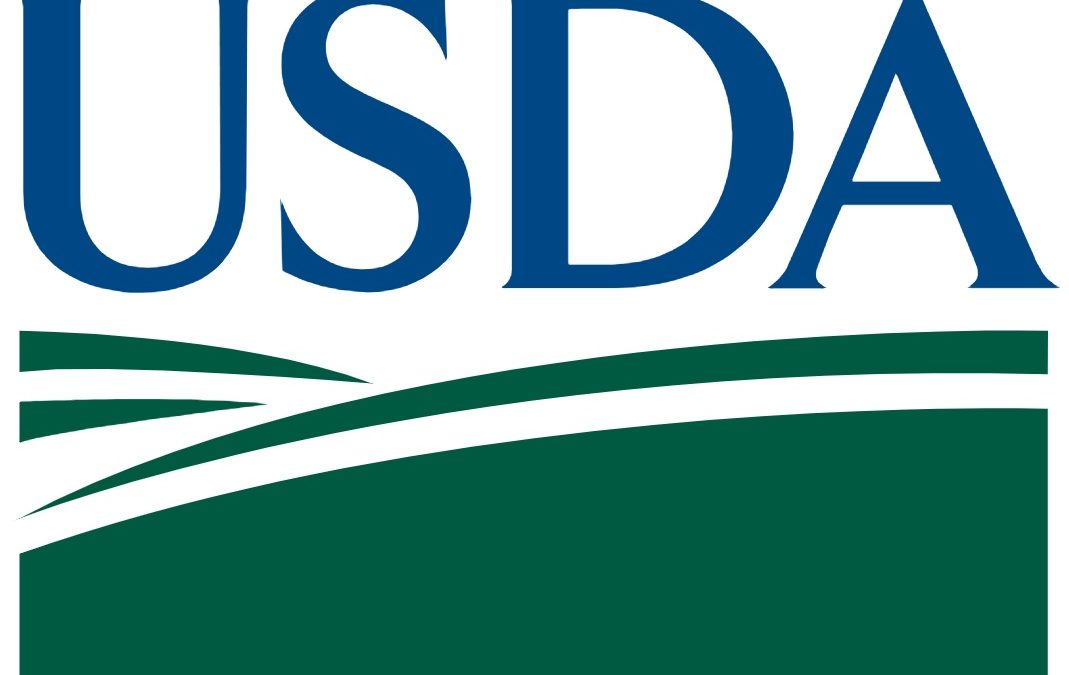Extension, Farm Service Agency Plan Farm Bill Education Meetings Across Nebraska
Producers Encouraged to Review Available Resources
LINCOLN, Neb., Oct. 15, 2019 – University of Nebraska Extension and USDA Farm Service Agency (FSA) in Nebraska are planning a series of Farm Bill education meetings in late November through December to assist producers as they begin to make farm-bill related program decisions.
The 2018 Farm Bill, signed into law last December, reauthorized the existing Agriculture Risk Coverage (ARC) and Price Loss Coverage (PLC) commodity crop safety net programs that were in the 2014 Farm Bill, however producers will need to make new program enrollment decisions over the coming months.
“These in-person meetings are being planned as a supplement to available online resources,” said Nancy Johner, State Executive Director for the USDA Farm Service Agency in Nebraska. “We encourage producers to educate themselves on the ARC and PLC changes, and then plan to attend a meeting in their local area for additional informational support.”
“While the ARC and PLC programs and enrollment decision may look familiar, the circumstances for a new decision are very different than they were in 2014,” said Brad Lubben, Extension Policy Specialist at UNL. “Education and analysis will help producers prepare for the decisions they have ahead.”
Information regarding 2018 Farm Bill resources can be found at farmbill.unl.edu or at the Nebraska FSA website at fsa.usda.gov/ne.
Meetings are being planned for 28 locations across the state. Details, including locations, dates and times will be announced in early November and will be available at the farmbill.unl.edu website. All meetings will be free and open to the public.
USDA Opens 2020 Enrollment for Agriculture Risk Coverage, Price Loss Coverage Programs
Safety Net Program Payments for 2018 Have Started
WASHINGTON, Oct. 15, 2019 – Agricultural producers now can enroll in the Agriculture Risk Coverage (ARC) and Price Loss Coverage (PLC) programs – two U.S. Department of Agriculture (USDA) safety net programs – for the 2020 crop year. Meanwhile, producers who previously enrolled farms for the 2018 crop year have started receiving more than $1.5 billion for covered commodities for which payments were triggered under such programs.
“These two programs provide income support to help producers manage the ups and downs in revenues and prices,” said Richard Fordyce, Administrator of USDA’s Farm Service Agency (FSA). “USDA is here to support the economic stability of American agricultural producers by helping them maintain their competitive edge in times of economic stress. We encourage producers to consider enrolling in one of these programs.”
ARC provides income support payments on historical base acres when actual crop revenue declines below a specified guaranteed level. PLC provides income support payments on historical base acres when the effective price for a covered commodity falls below its reference price. The 2018 Farm Bill reauthorized and updated both programs.
Signup for the 2020 crop year closes June 30, 2020, while signup for the 2019 crop year closes March 15, 2020. Producers who have not yet enrolled for 2019 can enroll for both 2019 and 2020 during the same visit to an FSA county office.
ARC and PLC have options for the farm operator who is actively farming the land as well as the owner of the land. Farm owners also have a one-time opportunity to update PLC payment yields beginning with crop year 2020. If the farm owner and producer visit the FSA county office together, FSA can also update yield information during that visit.
Covered commodities include barley, canola, large and small chickpeas, corn, crambe, flaxseed, grain sorghum, lentils, mustard seed, oats, peanuts, dry peas, rapeseed, long grain rice, medium and short grain rice, safflower seed, seed cotton, sesame, soybeans, sunflower seed and wheat.
2018 Crop Year ARC and PLC Payments
FSA began processing payments last week for 2018 ARC-County (ARC-CO) and PLC on covered commodities that met payment triggers on enrolled farms in the 2018 crop year. In addition to the $1.5 billion now in process, FSA anticipates it will issue another $1 billion in November once USDA’s National Agricultural Statistics Service publishes additional commodity prices for the 2018 crop.
Producers who had 2018 covered commodities enrolled in ARC-CO can visit www.fsa.usda.gov/arc-plc for payment rates applicable to their county and each covered commodity. For farms and covered commodities enrolled in 2018 PLC, the following crops met payment triggers: barley, canola, corn, dry peas, grain sorghum, lentils, peanuts, and wheat.
Oats and soybeans did not meet 2018 PLC payment triggers.
2018 PLC payment rates for the following covered commodities have not been determined: crambe, flaxseed, large and small chickpeas, long and medium grain rice, mustard seed, rapeseed, safflower, seed cotton, sesame seed, sunflower seed and temperate Japonica rice.
More Information
On December 20, 2018, President Trump signed into law the 2018 Farm Bill, which provides income support, certainty and stability to our nation’s farmers, ranchers and land stewards by enhancing farm support programs, improving crop insurance, maintaining disaster programs and promoting and supporting voluntary conservation.
For more information on ARC and PLC, including two online decision tools that assist producers in making enrollment and election decisions specific to their operations, visit the ARC and PLC webpage.
For additional questions and assistance, contact your local USDA service center. To locate your local FSA office, visit farmers.gov/service-locator.

